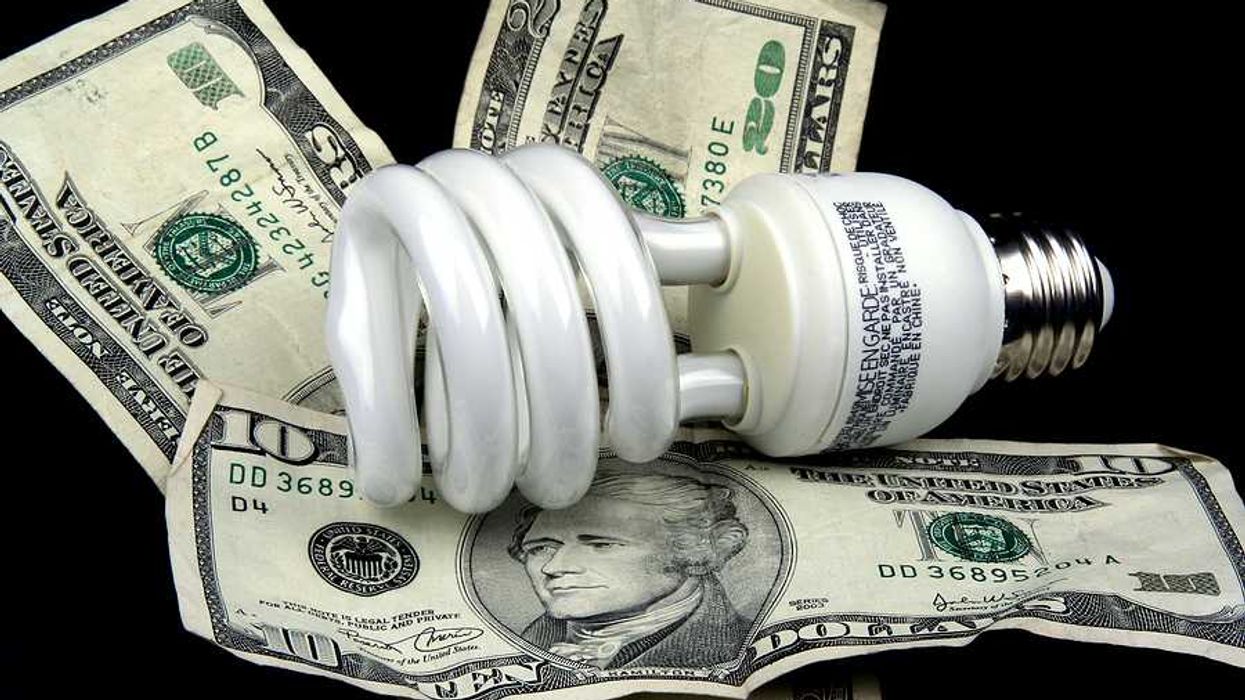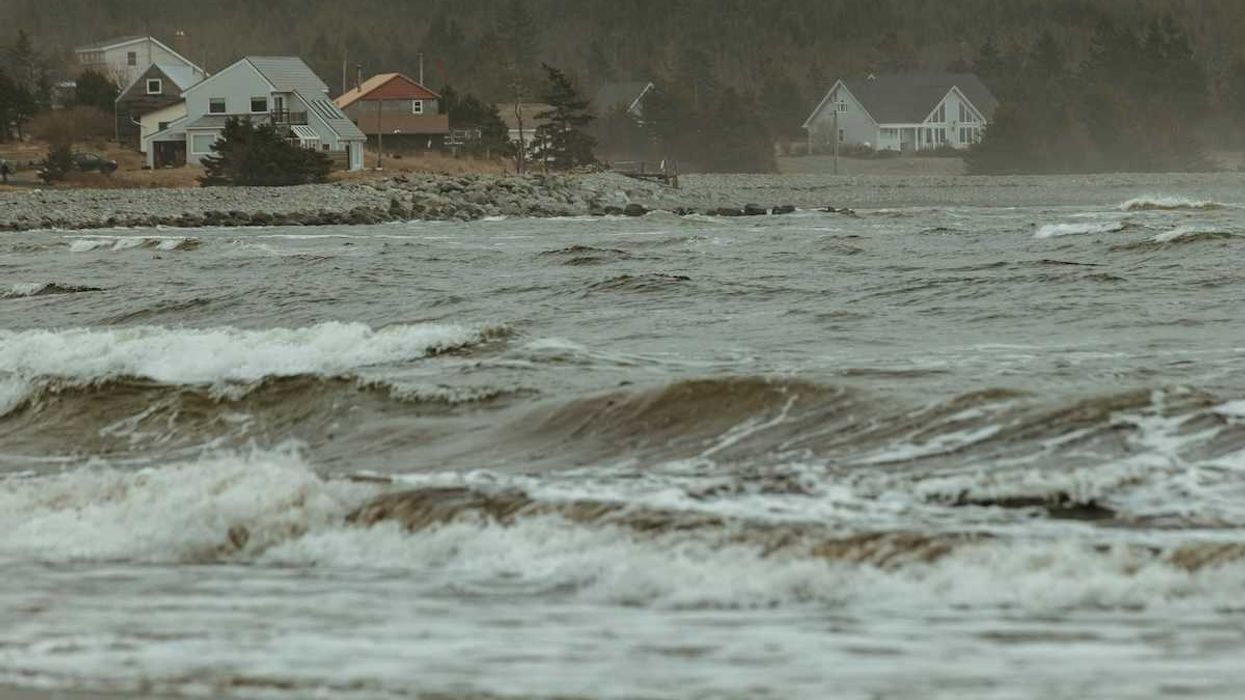Wealthy countries are exporting plastic-laden waste to poorer nations as “refuse-derived fuel,” sidestepping global hazardous waste regulations and raising concerns about toxic pollution and climate impacts.
Joseph Winters reports for Grist.
In short:
- A loophole in the Basel Convention allows refuse-derived fuel (RDF) — which is often half plastic — to bypass restrictions on plastic waste exports, letting richer countries ship it to poorer ones.
- RDF is primarily used in cement kilns, where it burns at high temperatures, but environmental groups say this still releases dioxins and other toxic pollutants harmful to human health.
- Trade in RDF is growing globally, but little data exists to track its movement, and critics argue it promotes more plastic production and delays meaningful waste reduction.
Key quote:
“Before they convert it into fuel, the chemicals are still locked inside the [plastic] packaging. But once you burn it, … you spray out everything.”
— Yuyun Ismawati, co-founder of Nexus3, an Indonesian anti-pollution nonprofit
Why this matters:
Plastic burned as fuel transforms into toxic emissions and climate pollution. Refuse-derived fuel may offer short-term savings to industry, but it offloads environmental costs onto the communities living near cement kilns and waste-burning facilities, often in countries with weaker environmental oversight. Burning plastic releases dioxins, heavy metals, and greenhouse gases that damage human health and contribute to global warming. This practice undermines international efforts to manage plastic waste and reduce emissions. Without clear regulation, RDF blurs the line between energy recovery and hazardous waste disposal, creating incentives to produce more plastic under the guise of a “circular economy.”
Related: Western plastic waste fuels tofu production in Indonesia, raising pollution and health fears














